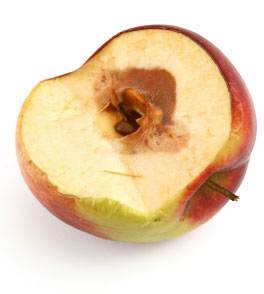By: Angela
What is a bruise?
A bruise, also called a contusion , happens when a part of the body is struck and the muscle fibers and connective tissue underneath are crushed but the skin doesn’t break. When this occurs, blood from the ruptured capillaries (small blood vessels) near the skin’s surface escapes by leaking out under the skin. With no place to go, the blood gets trapped, forming a red or purplish mark that’s tender to the touch — a bruise. Bruises can happen for many reasons, but most are the result of bumping and banging into something. Fortunately, as anyone who’s ever sported a nice purple shiner knows, the mark isn’t permanent.
This month, we’ll show you how to treat bruises so they go away fast!
How can I get rid of bruises faster?
As soon as you bang an area of your body into something (or it bangs into you), try these helpful tips.
- Elevate the area of the body you’ve hurt to keep blood from pooling under the skin.
- Immediately apply a cold compress to the bruising area. If you are at home, grab a bag of frozen veggies from the fridge and apply it to the wounded area. Keep a cold pack on the bruise for at least 20 minutes, three times a day until the bruise disappears.
- In addition to elevation, and cold compresses, apply my “Bruise Be Gone” oil to the affected area twice daily. This blend of natural essential oils will aid in blood circulation and skin rejuvenation.
“Bruise Be Gone” Oil Recipe
In a 1/2 oz. amber glass bottle, mix the following:
30 drops Cypress Essential Oil
10 drops Rosemary Essential Oil
10 drops Lavender Essential Oil
Fill the rest of the bottle with natural Apricot Kernel Oil
Directions: Shake well and apply twice daily to bruised skin.
All of the oil recipe ingredients are available at Earth Lore in Plymouth, MI, along with a handy selection of books for making your own additional herbal body products. While you’re here, check out Earth lore’s new stock of Yogi brand teas, herbal soaps, and bath salts. Thank you for your continued patronage.


